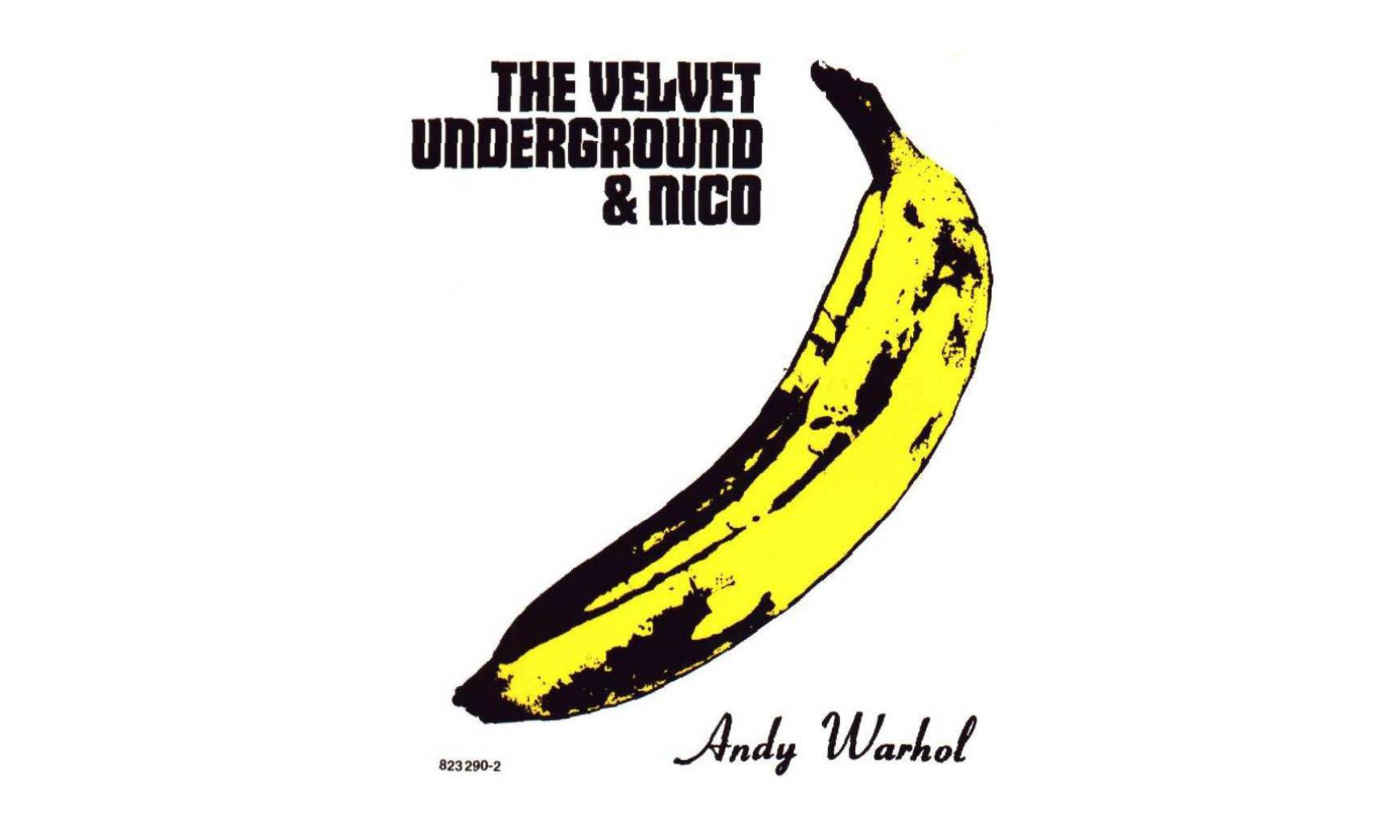The Chemistry & Art of Screen Printing
June 29, 2024 / Visual

The art of screen printing is a long and fascinating history that intertwines molecular chemistry and visual creativity. The use of screen printing dates back to ancient China during the Song dynasty (960 to 1279 AD), but is more widely recognized for its commercial and artistic use in the 20th century, especially during the 1960s, the peak of the pop art movement. Screen printing is a fascinating and beautiful art, but how does it work and why is chemistry so crucial in its creation?
The early years of screen printing
The first screen prints created in ancient China had little to no new chemistry involved, but laid the basis for the techniques used centuries later. The process is simple and was used to transfer intricate designs onto fabrics efficiently by using stencils. Similar to silk screens today, there were two components to the stencil. First was the screen, a wooden frame with a sheet of mesh tightly stretched across it. The original mesh screens were made of human and animal hair, but was later changed to thin silk when the Japanese adopted the technique.
To create a design, stencils made from leaves or paper were placed on top of the screen to block out areas where ink wasn’t wanted. The screen was placed on top of the fabric, and ink was applied on top of the mesh. The holes of the screen would act like pixels, with the ink seeping through the mesh in the desired areas, creating an accurate, and easily replicable image. Below: one of the earliest Song Dynasty screen prints.
Screen printing’s arrival in Europe
It wasn’t until its spread in Europe in the 18th century did screen printing begin to take a commercial approach. The technique initially arrived through Chinese merchants in the 17th century trading along the silk road, and was adopted in France to create decorative fabrics and wallpaper. During its initial arrival, only stiff brushes were used to push the ink through a non-silk screen and its potential was largely overlooked. By the time screen printing became widespread, lithography was gaining tremendous popularity during the emergence of commercial art and Art Nouveau in France. Artists Alphonse Mucha, Henri de Toulouse-Lautrec, and Jules Chéret created some of the first mass produced advertising posters. Below: a lithographed beer advertisement by Alphonse Mucha created in 1897.
The early years of screen printing
The first screen prints created in ancient China had little to no new chemistry involved, but laid the basis for the techniques used centuries later. The process is simple and was used to transfer intricate designs onto fabrics efficiently by using stencils. Similar to silk screens today, there were two components to the stencil. First was the screen, a wooden frame with a sheet of mesh tightly stretched across it. The original mesh screens were made of human and animal hair, but was later changed to thin silk when the Japanese adopted the technique.
To create a design, stencils made from leaves or paper were placed on top of the screen to block out areas where ink wasn’t wanted. The screen was placed on top of the fabric, and ink was applied on top of the mesh. The holes of the screen would act like pixels, with the ink seeping through the mesh in the desired areas, creating an accurate, and easily replicable image. Below: one of the earliest Song Dynasty screen prints.
Screen printing’s arrival in Europe
It wasn’t until its spread in Europe in the 18th century did screen printing begin to take a commercial approach. The technique initially arrived through Chinese merchants in the 17th century trading along the silk road, and was adopted in France to create decorative fabrics and wallpaper. During its initial arrival, only stiff brushes were used to push the ink through a non-silk screen and its potential was largely overlooked. By the time screen printing became widespread, lithography was gaining tremendous popularity during the emergence of commercial art and Art Nouveau in France. Artists Alphonse Mucha, Henri de Toulouse-Lautrec, and Jules Chéret created some of the first mass produced advertising posters. Below: a lithographed beer advertisement by Alphonse Mucha created in 1897.

